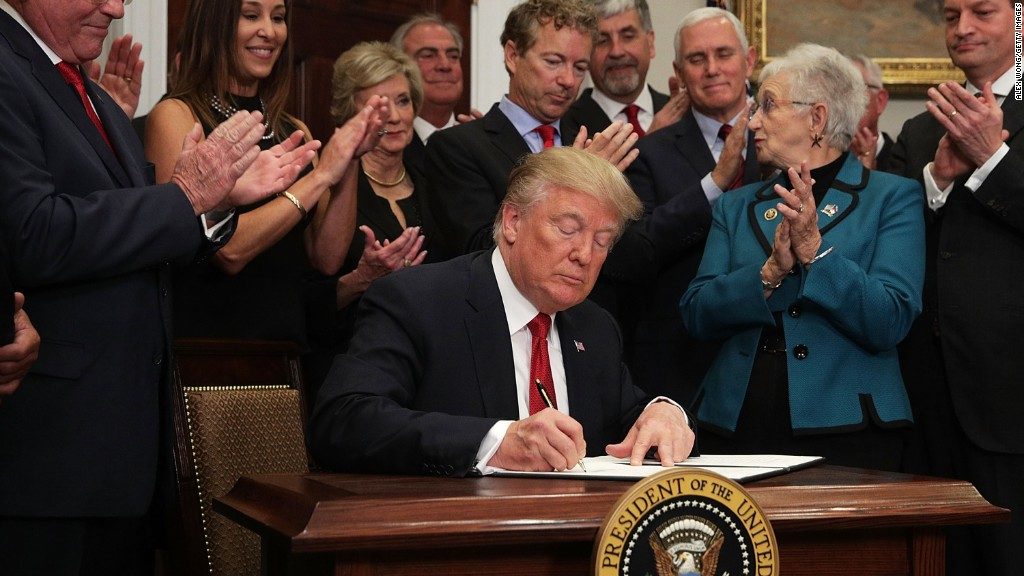Trump’s Executive Order and the Future of Healthcare
October 13, 2017
 Yesterday, President Donald Trump signed an executive order that charged the Departments of Labor, Health and Human Services, and the Treasury with:
Yesterday, President Donald Trump signed an executive order that charged the Departments of Labor, Health and Human Services, and the Treasury with:
- Expanding the rules for association health plans (AHPs), allowing more employers to ban together and purchase health care plans, even across state lines.
- Creating rules to allow employees to use health reimbursement arrangement (HRA) funds to pay for health care premiums from plans purchased on the individual markets like the ACA’s Marketplace.
The response to President Trump’s executive order was a divided. Opponents to the ACA, also known as “Obamacare,” praised the new level of flexibility in health coverage, especially for plans offered to individuals and companies under 50 employees. Meanwhile, ACA supporters were concerned about higher costs to those who remain in individual and small group plans.
The executive order is not likely to affect most mid- to large-sized company sponsored healthcare offerings, whereas small employers may now have greater ability to offer insurance to their employees through association health plans or offer money through an HRA, which employees could then use to purchase health services. The proposed changes may even make it easier for employers to afford their coverage or to help their employees pay for coverage if they buy it individually.
For those who have been concerned about the immediate effects of the executive order, the order itself does not make changes. Instead, it merely directs agencies to issue new regulations or guidance. The regulations proposed by the Departments of Labor, Health and Human Services, and the Treasury will follow the standard public notice and comment process. This process requires both publication in the Federal Register and a public comment period, which could take months.
If you have any questions about your current or future healthcare options, you are welcome to call your knowledgeable Benefits Consultant at 770.339.0000, option 2; or email us at benefits@hr-strategies.com.
Source: http://bit.ly/2xF4So0
